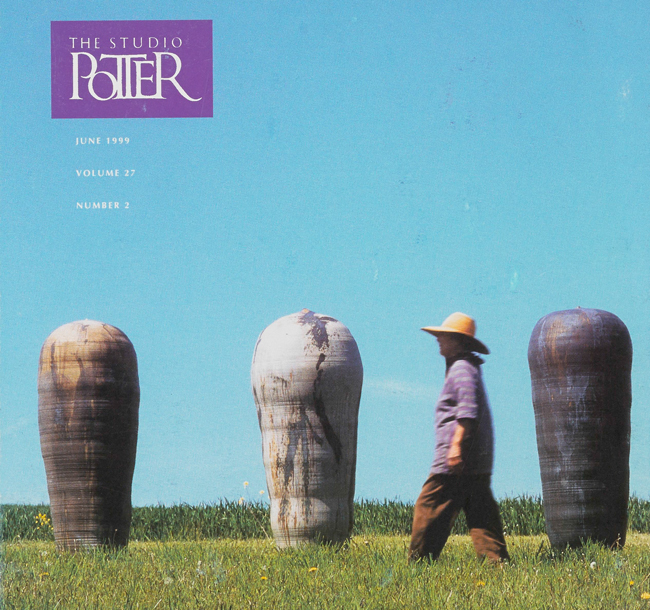
Two of my close friends were Takaezu apprentices and she spent many summers at my alma mater, Skidmore College, firing work with Regis Brodie. I knew I loved her work but wasn’t prepared for the visceral reaction I had at Haw Contemporary this past spring at the opening of Collective Identity: The Legacy of Apprenticeship Under Toshiko Takaezu. Being in the presence of her large vessels for the first time was a deeply humbling experience. I won’t use the cliché that it “left me speechless,” that feels exaggerated, but it did leave me stupefied with nothing substantial to say. How could I be significantly moved by the work but equally unable to express or even figure out why I was so moved? What I realized was that my words simply didn’t work. I fumbled through conversations saying, “they’re so round and - closed!” and received polite but pitying smiles in return.
I still can’t describe those feelings in a way that feels true or at the very least accurate, but Takaezu does. Reflecting on her show “At Home” in Vol. 27, No. 2, June 1999, she says,
One of the docents told me about this little boy, a heavy, boisterous kid of six or seven years of age who said, ‘you know, there’s language in there, and the language is silence – inside the piece. If you really work hard enough to shake the piece, it says, “ting, ting.'' I thought that was pretty great, “the Language of Silence.”
Pretty great indeed. See you there.
You can read the full article here.
